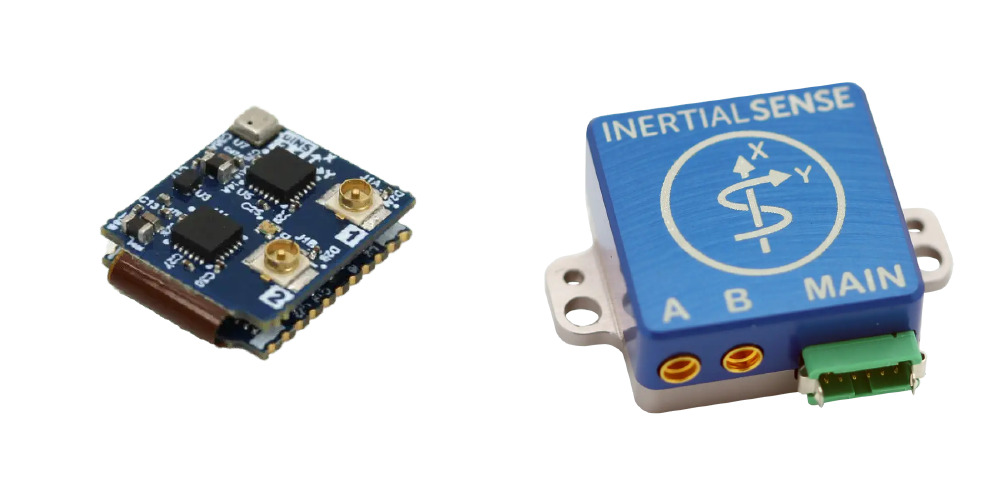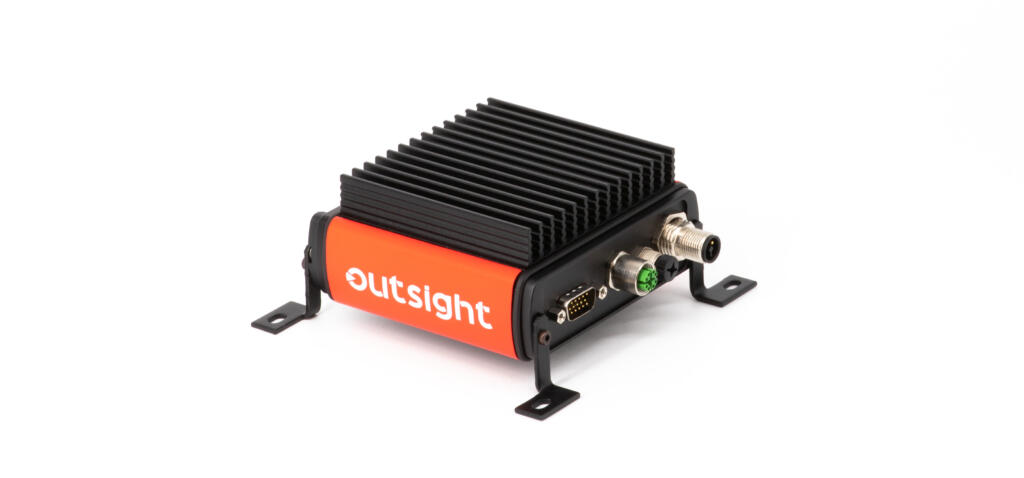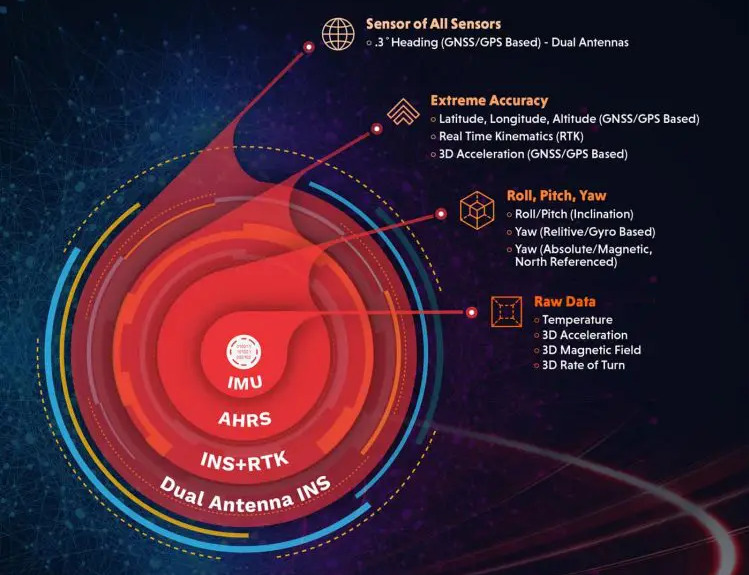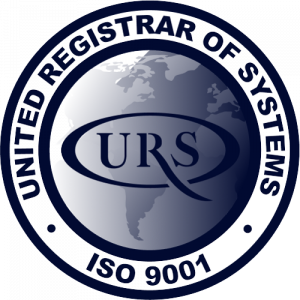How to pick the correct positioning sensor

‘Can you help me choose a sensor?’, is a common enquiry from customers.
While the majority of engineers and developers have some idea of the specs they require, there are still numerous options when choosing a positioning sensor. To drill down into these requirements in a bid to identify the appropriate sensing solution, our partners, Inertial Sense often address customers’ questions with some questions of their own.
What data or information do you need the sensor to provide?
Raw data
If raw data is your requirement, in that you only need to know temperature, 3D acceleration, 3D magnetic field and 3D rate of turn, then the Inertial Sense IMU fits the bill. Offering raw calibrated data, the IMU is ideal for measuring motion while requiring your platform/solution to have filters in place.
Orientation data
When you need everything that the IMU delivers, plus data on roll, pitch and yaw, then the AHRS sensor is the solution. The orientation data that this positioning sensor provides is suited to applications such as robotic arms or robotic lawnmowers. The AHRS module uses algorithms to fuse raw data from the IMU with the Earth’s gravity to provide orientation.
Extreme accuracy
The next option is where the power of Inertial Sense’s solutions really come to the fore. The Inertial Navigation System (INS) module offers the functionality of the IMU and AHRS sensors, but with the addition of the Kalman Filter which fuses the data with GPS, providing precise location. This sensor fusion enables you to maintain position while providing improved location data. An ideal solution for drones or small mobile robots.
Inertial Sense doesn’t generally offer the INS on its own but paired with the additional functionality of Real-Time Kinematics (RTK), providing, what they term, ‘extreme accuracy’. This is defined as providing position to within just 3cm. INS + RTK includes corrections from satellites making it the perfect option for high-accuracy drones, autopilot applications, and mobile robots. The data includes GNSS/GPS-based latitude, longitude, and altitude, real-time RTK, and GNSS/GPS-based 3D acceleration.
Dual compassing
If the INS + RTK is almost the solution for you, but you require a second antenna to get it over the line, then the Dual Compassing GNSS-INS is the answer. This sensor combines the functionality of IMU, AHRS and INS + RTK, with the addition of a second antenna for heading data. If electromagnetic interference is a concern for your application, then you will appreciate the dual antenna system which provides GPS-based heading data. A sensor perfect for radar/antenna pointing and scenarios in which data could be skewed by electromagnetic output.
Does it need to be rugged?

The final consideration before selecting your sensor is whether or not the sensor needs to be rugged.
Level Five Supplies stocks ruggedised versions of the following Inertial Sense positioning sensors:
This rugged form factor includes a robust aluminium enclosure to protect the sensor from challenging environmental conditions, making these versions ideal for outdoor applications, such as autopilot, mining or powerline inspection.
Once you have worked through each of the questions it will be clear which sensor is required for your application.
Level Five Supplies –your positioning partner
Level Five Supplies offers an extensive range of positioning products from some of the world’s leading manufacturers ensuring that you can find the perfect sensing solution for your application.








